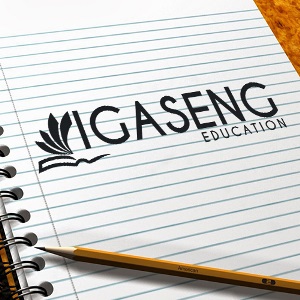 What drives us to produce technical documentation, who produces them and what types are commonly in use? When we think of something as being technical we usually think of something in a technological, mechanical or scientific arena that is characterised by an area of specialization. Technical documentation can refer to any document that describes the construction, handling, specifications, maintenance, installation, design, disposal and/or functionality of a product at any stage of development. The documentation is usually supplied by the manufacturer of the product and examples include operating and maintenance manuals, user guides, configuration and installation guides and training manuals.
What drives us to produce technical documentation, who produces them and what types are commonly in use? When we think of something as being technical we usually think of something in a technological, mechanical or scientific arena that is characterised by an area of specialization. Technical documentation can refer to any document that describes the construction, handling, specifications, maintenance, installation, design, disposal and/or functionality of a product at any stage of development. The documentation is usually supplied by the manufacturer of the product and examples include operating and maintenance manuals, user guides, configuration and installation guides and training manuals.
Technical documentation must be clear, consistent, unambiguous, user-centred, comprehensive and accurate and to produce them technical writers must have expert subject matter knowledge besides good writing and research skills, trade experience and an understanding of the terminology and jargon used in a particular area. Consistency of technical documentation is what inspires that subliminal sense of trustworthiness, reliability and confidence in the users. Inconsistent technical documentation with missing or non-sequential page numbers, chapter headings printed in different fonts and sizes or figure legends that do not match the illustration would certainly not inspire any confidence in the product or item purchased.
Planning for technical papers needs to be considered from the outset so that the document management life-cycle can form part of the product development process and be concluded on time and within budget. When documentation is carefully planned and well written by trained technical communication professionals, they can add significant value. The benefit of well written technical documentation is increased sales, cost saving, decreased product returns and the maintenance of good relationships with customers. Technical documentation can allow the end-user to perform a process more efficiently and also to understand and use a product effectively while conveying a professional and trustworthy image.
Producing effective technical papers is not a simplistic task because the writing is for people and all people have their unique set of preferences and learning styles. Some will prefer more text and fewer illustrations and some would prefer the reverse. Others would like the amount of detail to me limited while some will expect as much detail as possible. Finding a balance is difficult and testing documentation on focus groups of users can sometimes help to find common ground. Queries and feedback should also be considered as well as technical updates to documentation. Whatever the format decided upon, good quality documentation facilitates information dissemination and knowledge transfer.




